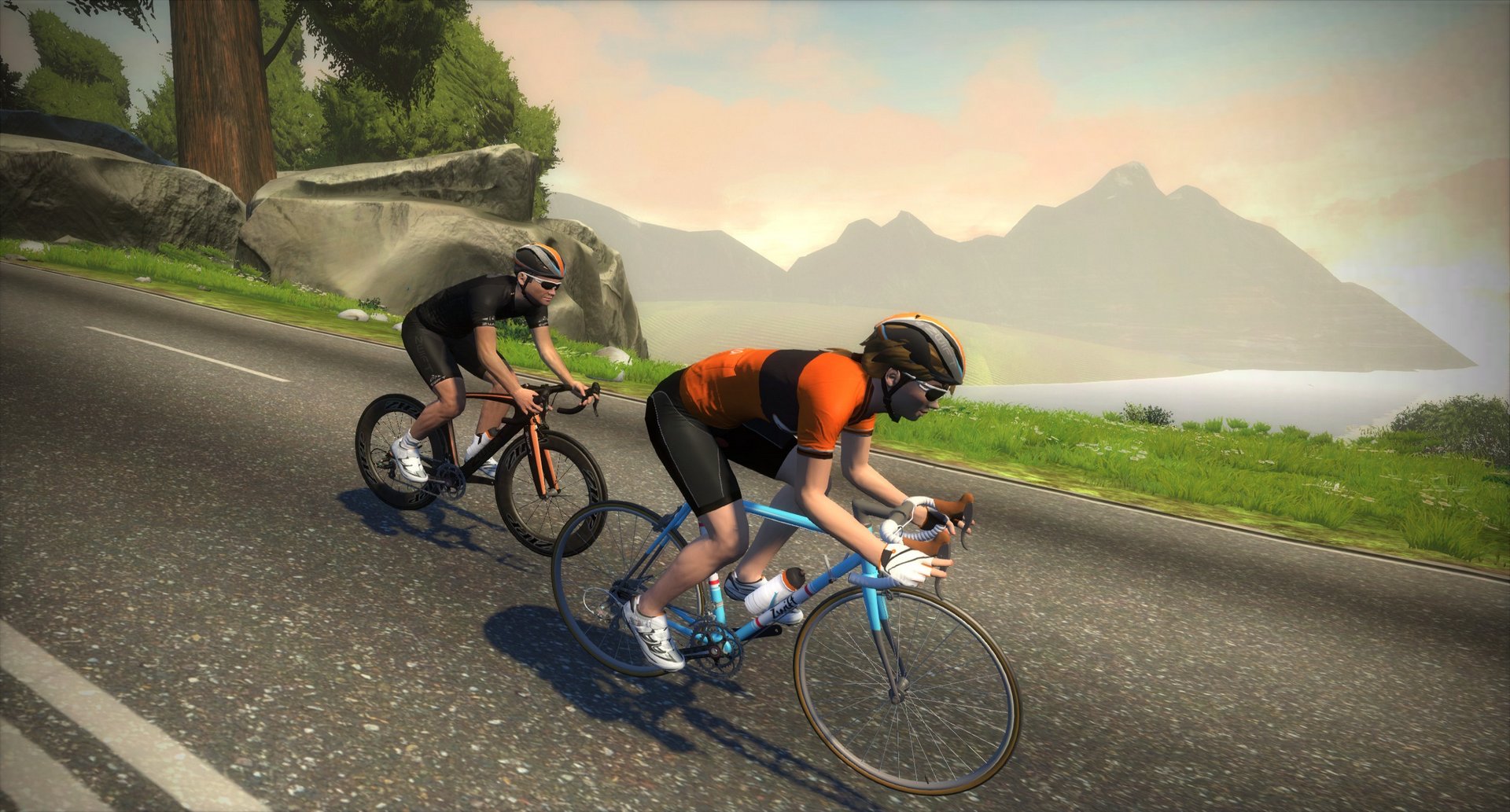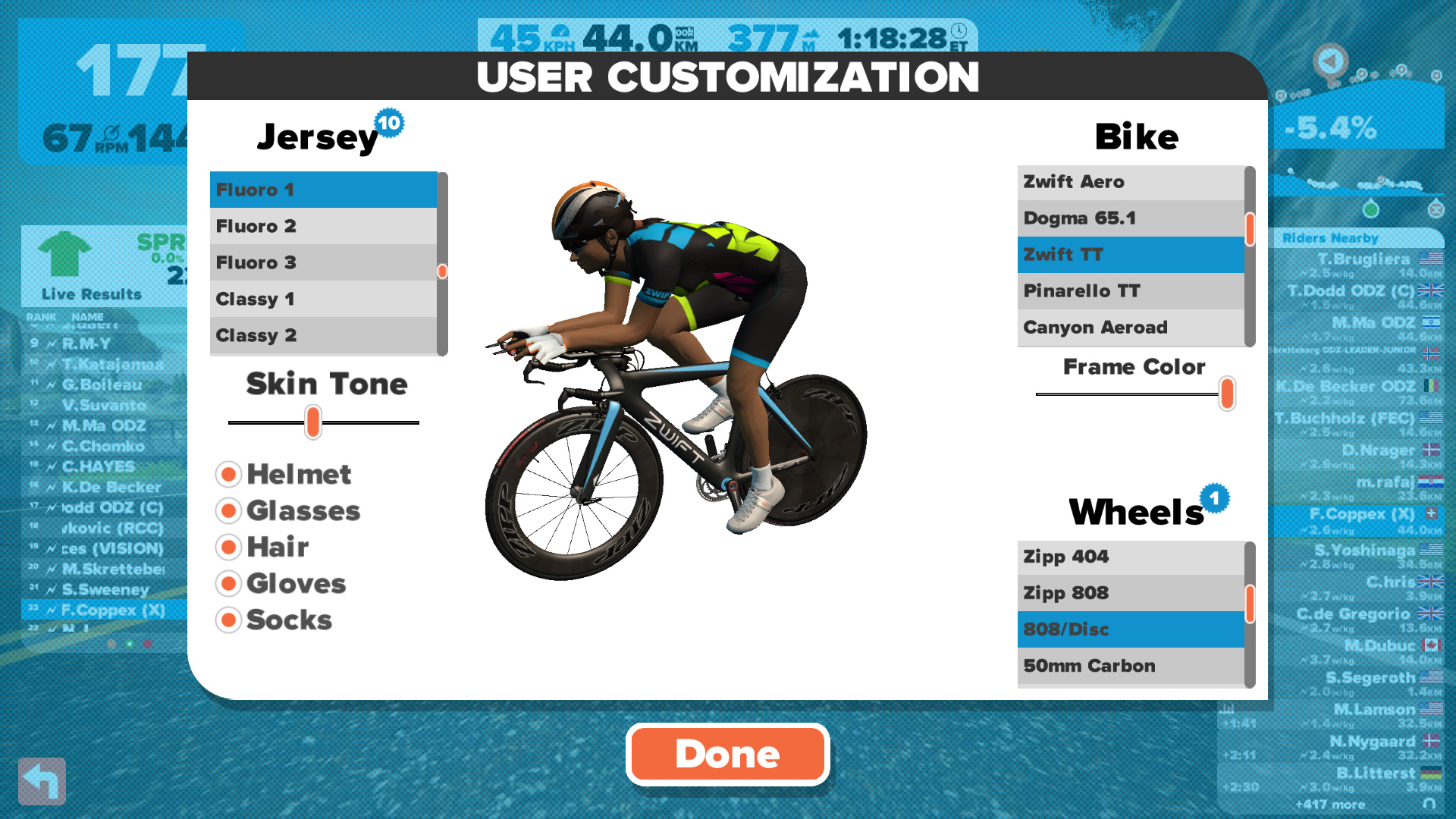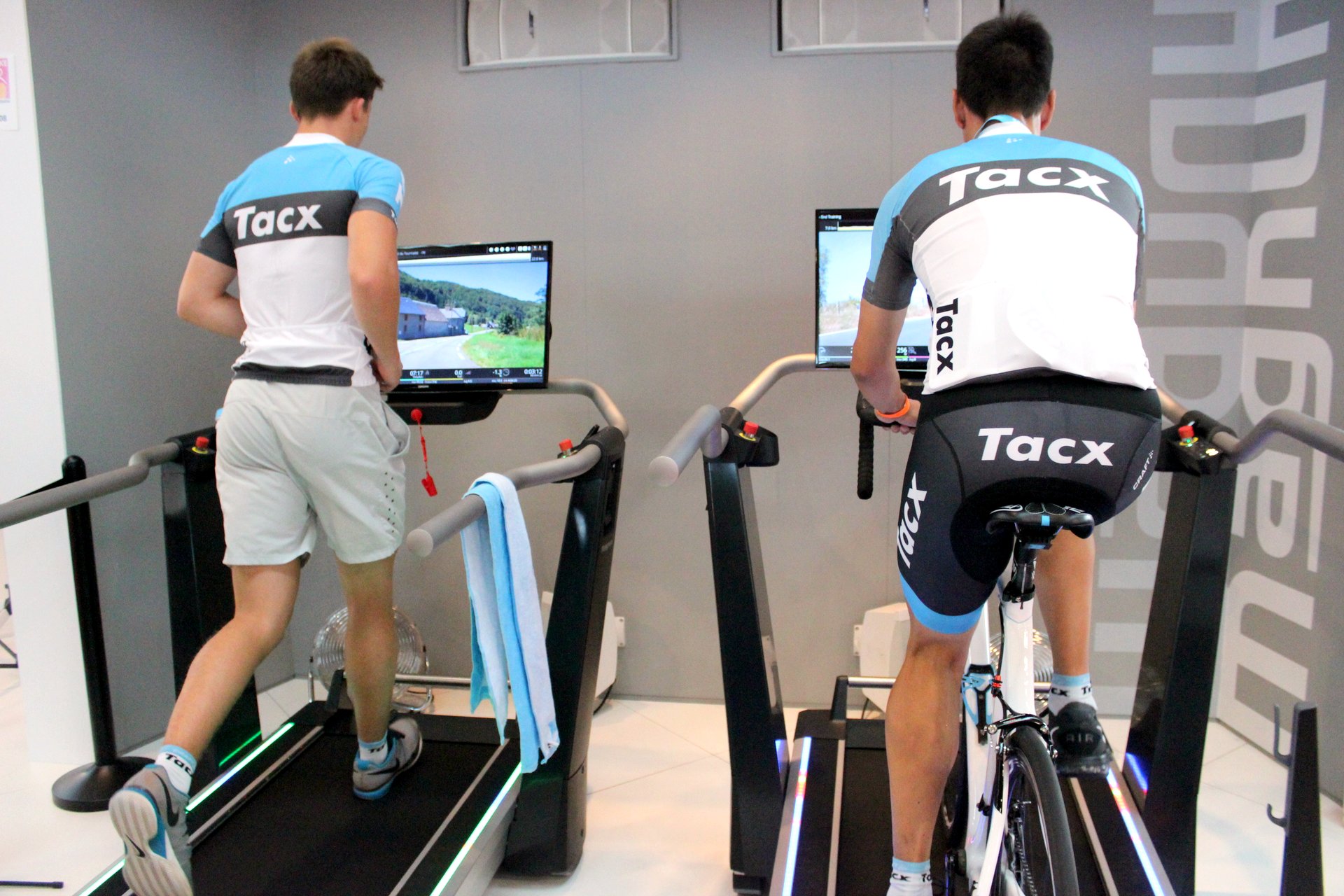There was a time when indoor training meant pedaling furiously while staring at a blank wall – but virtual cycling has given a shot in the arm (no TUE required) to the tedious business of cycling indoors.
A trend described as the ‘gamification’ of cycling at a conference held recently at Bloomberg’s London HQ is transforming the landscape of indoor riding.
Online platforms like Zwift allow the rider/player to compete against others around the world, while a new generation of ‘smart’ turbo trainers respond to inputs from the game, increasing or decreasing resistance for climbs, descents and drafting.
The technology opens up a debate about the very nature of cycling. For many, especially in this ‘digital age’, the greater part of cycling’s appeal lies in the opportunity to exercise outdoors and to escape the ubiquitous screen. Riding can be a gloriously bio-mechanical experience; no digital interface required.
For subscribers to gaming platforms like Zwift, however, the online environment provides motivation, structure, and distraction from the painful business of indoor training. Crucially, it offers an effective training solution for cyclists with little free time by placing an emphasis on the quality of training, rather than the quantity.










